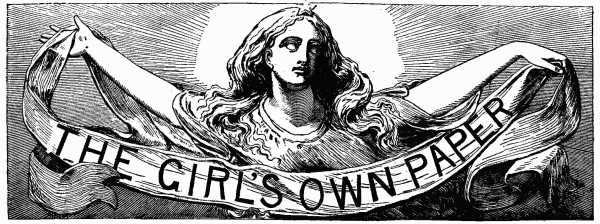The Girl's Own Paper facts for kids
The Girl's Own Paper (also known as G.O.P.) was a popular British magazine for girls and young women. It was published for many years, from 1880 until 1956.
Contents
What Was Inside The Magazine?
This magazine offered a mix of exciting stories and helpful articles. It also included educational pieces and advice. Readers could find answers to their questions in a special section called 'Answers to Correspondents'. Sometimes, the magazine even had colorful pictures, poems, and music.
In the 1890s, the magazine helped fund the adventures of an explorer named Kate Marsden. It published her stories as they happened. She was even praised by the Royal Geographical Society for her work.
How The Magazine Changed Over Time
After 1908, The Girl's Own Paper stopped being a weekly magazine. It started to include more information about serious jobs for girls. It also gave advice on fashion and how to dress. Long stories that appeared in many parts became less common. Instead, the magazine featured shorter stories.
By the 1930s, more of the content was aimed at younger readers. You could find exciting school stories and tales of kidnapped princesses. There were also articles about film stars. However, during World War II, the magazine's content became more serious.
For a short time, from 1917 to 1918, the magazine was called The Girls Own Paper and Woman's Magazine. This change likely happened because of World War I. They probably combined the two magazines to save money during the war.
Who Wrote For The G.O.P.?
Many talented writers contributed to The Girl's Own Paper. While some are not widely known today, others became very famous. Some well-known contributors include Noel Streatfeild, Angela Brazil, and Lucy Maud Montgomery. Other notable writers were Richmal Crompton and Baroness Orczy.
From 1940 to 1947, Captain W. E. Johns wrote many stories for the magazine. He created sixty stories about a brave female pilot named Worrals.
Who Were The Editors?
The magazine had a few main editors over its long history:
- Charles Peters was the editor from 1880 to 1907.
- Flora Klickmann took over from 1908 to 1931.
- Gladys Spratt and others managed the magazine from 1931 until it stopped publishing in 1956.


